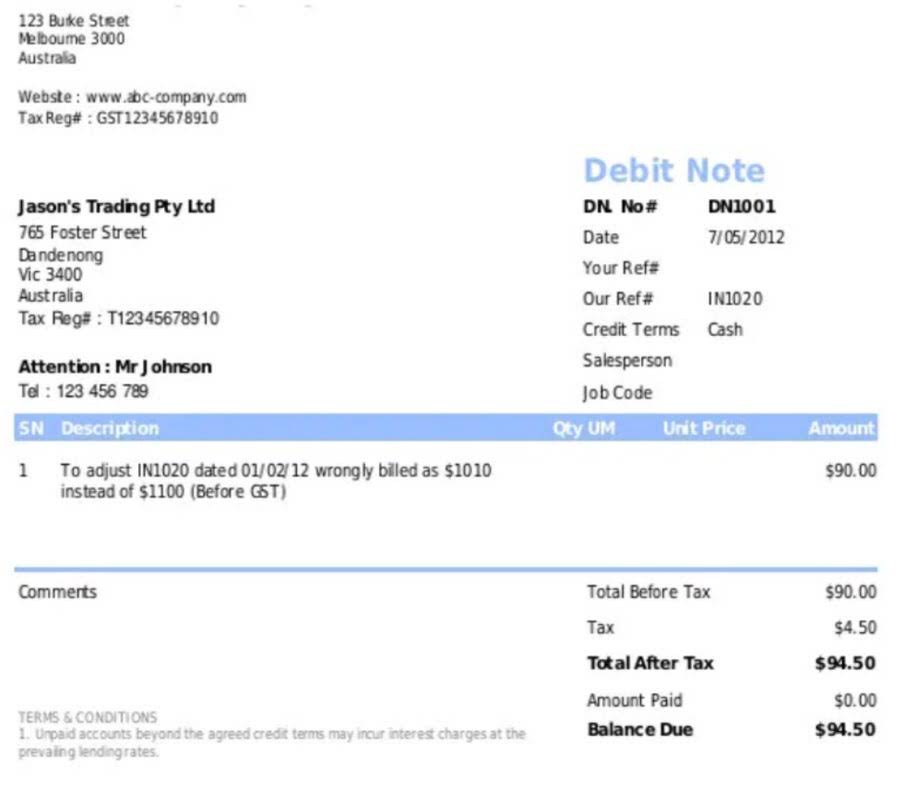Experience different kinds of lift Interior designs with the best quality
Menu

The company uses a contra asset account, accumulated depreciation, to track this decrease. At the end of five years, a vehicle with an initial value of $50,000 may have an accumulated depreciation of $30,000, reflecting a net book value of $20,000. This figure is vital for the fixed assets company’s financial planning and provides transparency to investors about the resources at the company’s disposal.
By the end of 2nd-year, the machinery balance will still be $100,000, and accumulated depreciation will show $40,000. The netbook value of the machinery by the end of the first year will be $80,000 ($100,000-$20,000) and $60,000 ($100,000-$40,000) by the end of the second year. This method helps a third person identify what the book value was at the time of purchase and the remaining value of an asset. If we show $60,000 as an asset in the third year, it will be challenging to understand whether $60,000 is all new purchases or the remaining value of an asset. This account helps all the stakeholders understand the financial numbers accurately.
Also, when products are returned, Sales Returns and Allowances—a type of contra revenue account—offset the previously recognized sales revenue. Such accurate record-keeping is vital for maintaining the integrity of your financial reports. Contra revenue accounts are contra asset account the dedicated detectives tracking down all the subtractions from a company’s gross revenue. These accounts keep an eagle eye on sales returns, allowances, and discounts, ensuring you’re not overestimating your income.
Fixed assets like plants & equipment are depreciated every year, and this balance is transferred to the accumulated depreciation account. So, in this case, accumulated depreciation is a contra asset account related to plant & equipment. This is the reason they are categorized as a contra account as the normal asset accounts have positive or debit balance.


To illustrate, consider a company that invests in a fleet of electric delivery vehicles. The accumulated depreciation on these vehicles would not only reflect their declining value but also the company’s commitment to reducing its carbon footprint. As the vehicles depreciate, the contra asset account grows, providing a clear picture of the company’s investment in sustainable technology over time.


The use of Allowance for Doubtful Accounts allows us to see in Accounts Receivable the total amount that the company has a right to collect from its credit customers. The credit balance in the account Allowance for Doubtful Accounts tells us how much of the debit balance in Accounts Receivable is unlikely to be collected. Below is the asset account debit balance and accumulated depreciation account credit balance on the balance sheet. They are usually subcategory accounts linked to an account on the balance sheet.
When posting transactions, one would credit the contra asset account to increase its balance, which decreases the net value of the corresponding asset. The calculated bad debts expense affects the income statement by recognizing an expense related to receivables that are unlikely to be collected. Concurrently, an allowance for doubtful accounts is established or adjusted, which is a contra-asset account that offsets the accounts receivable balance on Accounting Security the balance sheet. In bookkeeping, contra asset accounts are pivotal as they serve to reduce the balance of related asset accounts.